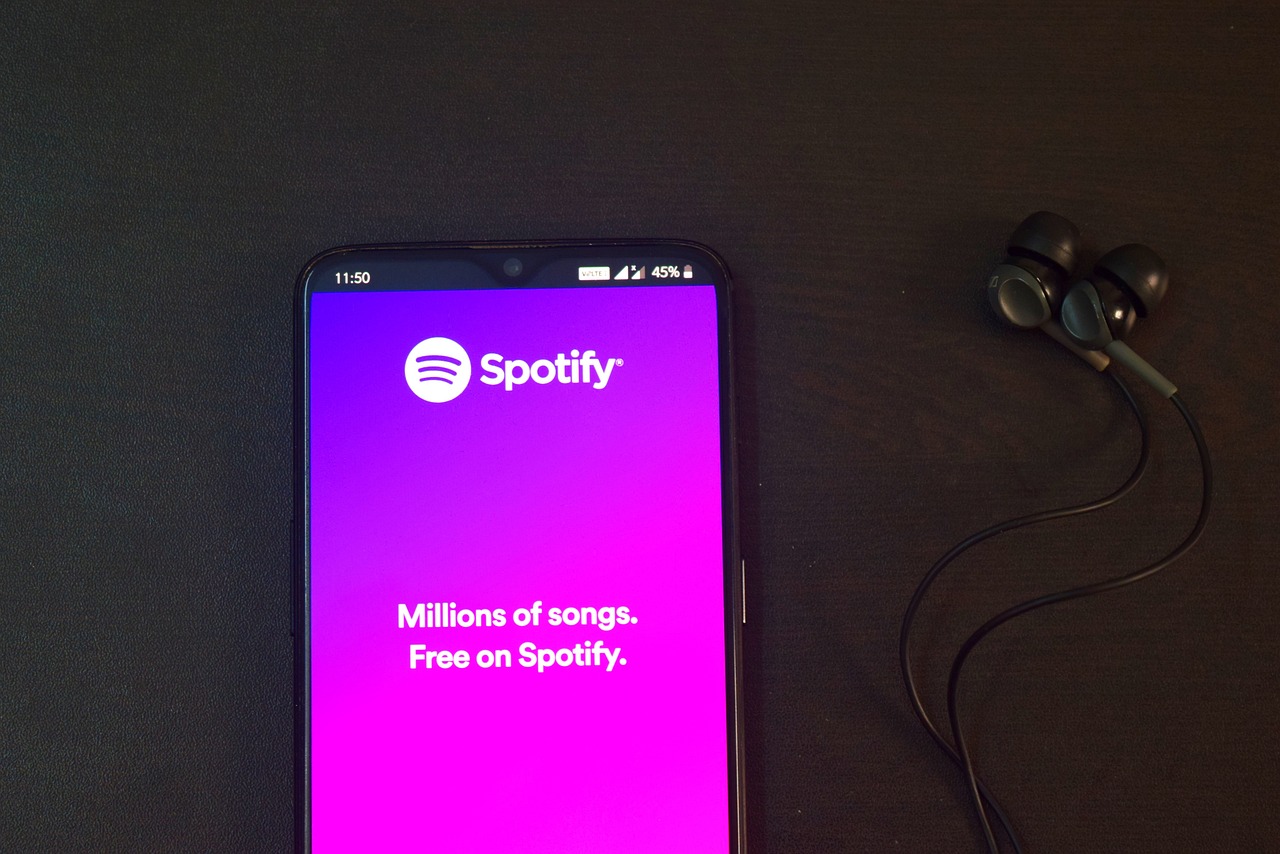What Does the “E” Mean in Spotify?

If you’ve ever browsed songs or albums on Spotify, you might have noticed a small “E” icon next to certain tracks. But what does this symbol mean? This blog explains the “E” icon, why it appears, and what you need to know about it as a listener or artist.
What Does the “E” Stand For on Spotify?
The “E” stands for “Explicit” and is a content warning indicating that the song contains explicit language, themes, or material that might not be suitable for all audiences.
Explicit songs might include:
Strong or offensive language.
Mature or suggestive themes.
Content that parents or guardians might consider inappropriate for younger listeners.
This label helps listeners make informed choices about the music they play, especially in family-friendly or professional settings.
Why Does Spotify Label Explicit Content?
Spotify uses the “E” label to align with content guidelines set by the music industry. This labeling system is particularly useful for:
Parental Guidance:
Parents can identify and filter out tracks unsuitable for children.
Professional Environments:
People can avoid playing inappropriate tracks in workplaces or public settings.
Compliance:
Spotify adheres to global music standards, including those set by the Recording Industry Association of America (RIAA).
How Does Spotify Determine Explicit Content?
The explicit tag is usually assigned by the artist, label, or distributor when the music is uploaded. Spotify itself doesn’t analyze lyrics for explicit material but relies on creators to flag their content accurately.
However, in rare cases where explicit content isn’t labeled, Spotify may update the tag if flagged by listeners or reported to the platform.
How to Manage Explicit Content on Spotify
1. Filtering Explicit Songs
Spotify provides options to filter out explicit content:
Go to Settings in the Spotify app.
Scroll to Explicit Content.
Toggle off the “Allow explicit content” option.
This setting is especially useful for family accounts or personal preference.
2. For Spotify Family Plan Users
Family plan administrators can manage explicit content settings for individual accounts under their plan, ensuring a safer listening environment for younger users.
What If a Song Is Mislabeled?
Occasionally, a song may be labeled explicit when it’s clean, or vice versa. If you come across such a track, you can report it to Spotify:
Open the song.
Click the three dots (menu) next to the track.
Select Report and provide details about the issue.
The Impact of the “E” Label for Artists
For artists, labeling content as explicit is not just a guideline but also a responsibility:
Transparency: Ensures listeners are aware of the content they’re about to hear.
Reach Restrictions: Explicit songs might not appear in certain curated playlists or regions with strict content rules.
Parental Filters: Explicit content may not reach younger audiences if parental controls are enabled.
Artists should balance creative freedom with audience considerations and label their content accurately during uploads.
FAQs About the “E” Label on Spotify
1. Does the “E” label affect song visibility?
Yes, in some cases. Explicit songs may be filtered out for users with parental controls or certain content restrictions.
2. Can I remove the “E” label from my song?
If your song was mislabeled as explicit, contact your distributor or Spotify for corrections.
3. Why do some songs with strong themes not have an “E”?
This could be due to oversight by the distributor or the absence of explicit language despite mature themes.
4. Is the “E” label standard across all music platforms?
Yes, platforms like Apple Music, YouTube Music, and Amazon Music also use similar labels for explicit content.
5. Can I filter explicit content on free Spotify accounts?
Yes, the filtering option is available for both free and premium Spotify accounts.
Conclusion
The “E” icon on Spotify is a simple yet important indicator that helps listeners navigate the platform responsibly. Whether you’re curating a family-friendly playlist or exploring new music, understanding the meaning and purpose of the explicit label ensures a better listening experience for everyone.
For artists, proper labeling shows professionalism and respect for your audience, helping you maintain trust while expressing your creativity.

Start Growing your Instagram followers
Faster with PopularUp
Over 500+ 5 Star Reviews. Grow Your Account Today With Our Organic Methods


